FSA and Lauf have worked together to release a pair of damped headset 'Honey Bearings' that restrict high-frequency, low-amplitude steering buzz from reaching your handlebar.
The idea is steering inputs from gravel and dirt surfaces are reduced by the bearings, which don’t spin as freely as a regular headset bearing.
This, in theory, calms steering inputs for a smoother-feeling ride, and may contribute to less fatigue and improved handling.
While the internals of the bearings are being closely guarded by FSA, in the hand, the inner race is noticeably harder to rotate than a standard headset bearing.
The top bearing is an IS 42, 1.125in, while the lower is an IS 52, 1.5in, with a 45-degree crown race interface.
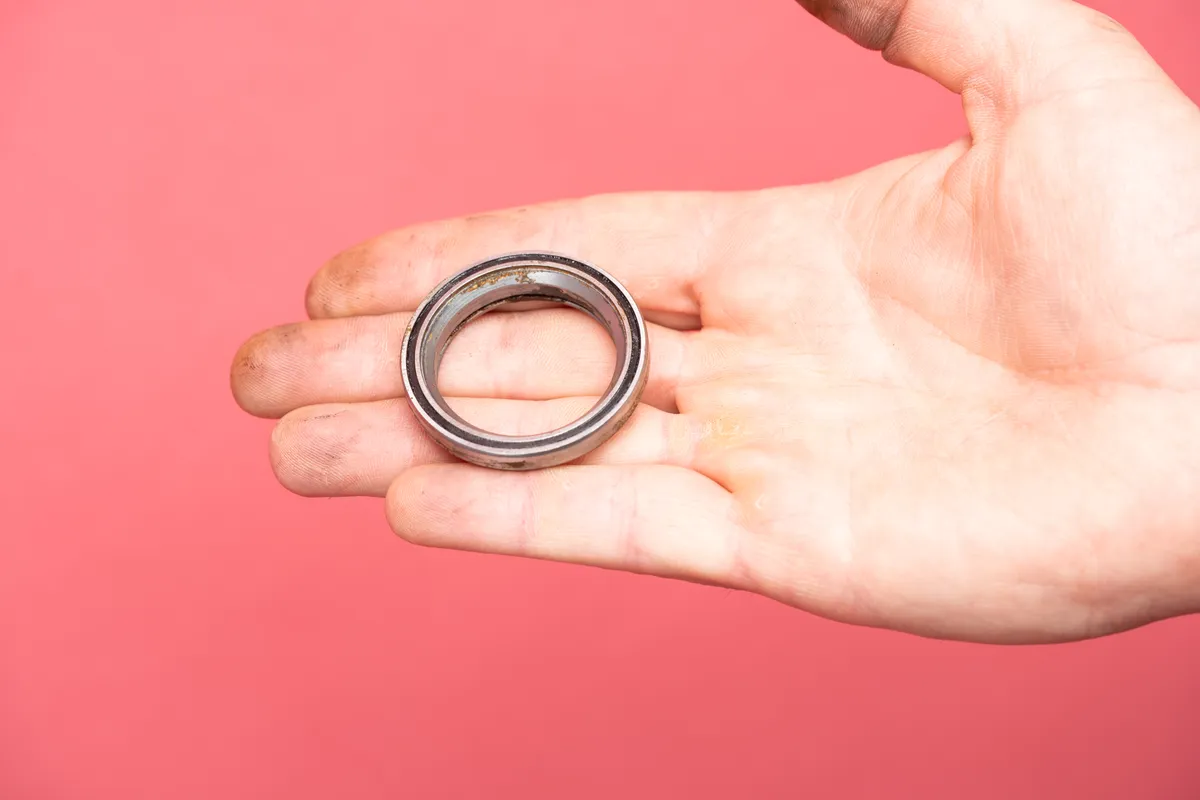
How does it work?
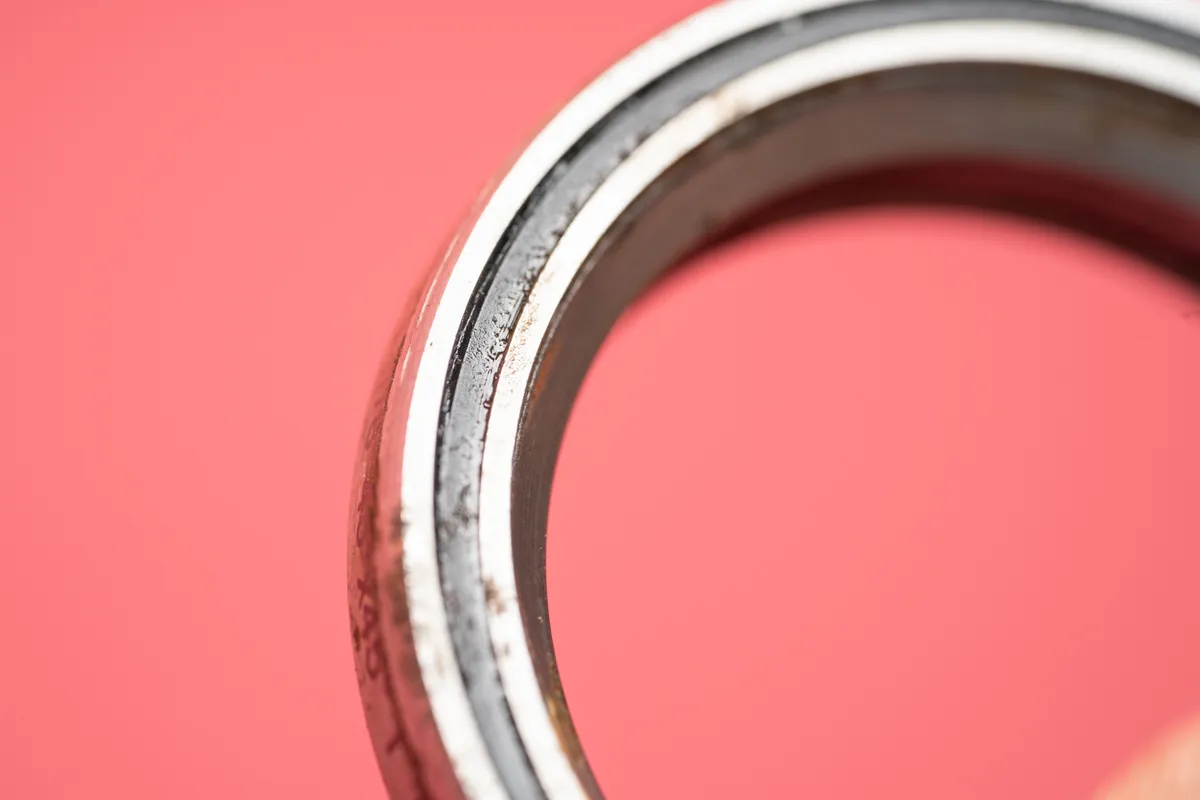
Under the seal is what FSA calls its ‘secret sauce’, which may imply there’s a viscous, damping liquid in there.
The theory ties in with a couple of other notable products – the Cane Creek Viscoset and Canyon’s recently released KIS steering stabilisation system.
However, there are notable differences from each.
The Viscoset was an external headset system, whereby the headset bearings sat in a dedicated cup, which was then pressed into the frame, contrary to the most common integrated headsets used these days.

It used a series of plates on top of the bearing to add damping.
It was developed to prevent unwanted speed wobble on heavier bikes, such as bikepacking rigs and cargo bikes, though was also marketed at gravel bikes.
FSA’s bearings are said to be a straight-up drop-in replacement for your regular headset bearings.

It is designed to remove the unwanted buzz on a performance gravel bike, rather than to solve issues on heavily loaded bikes.
Canyon’s KIS system not only restricts the forces reaching the bar, but has a self-centering effect too, pulling the bar back straight – something the FSA bearing doesn't do.
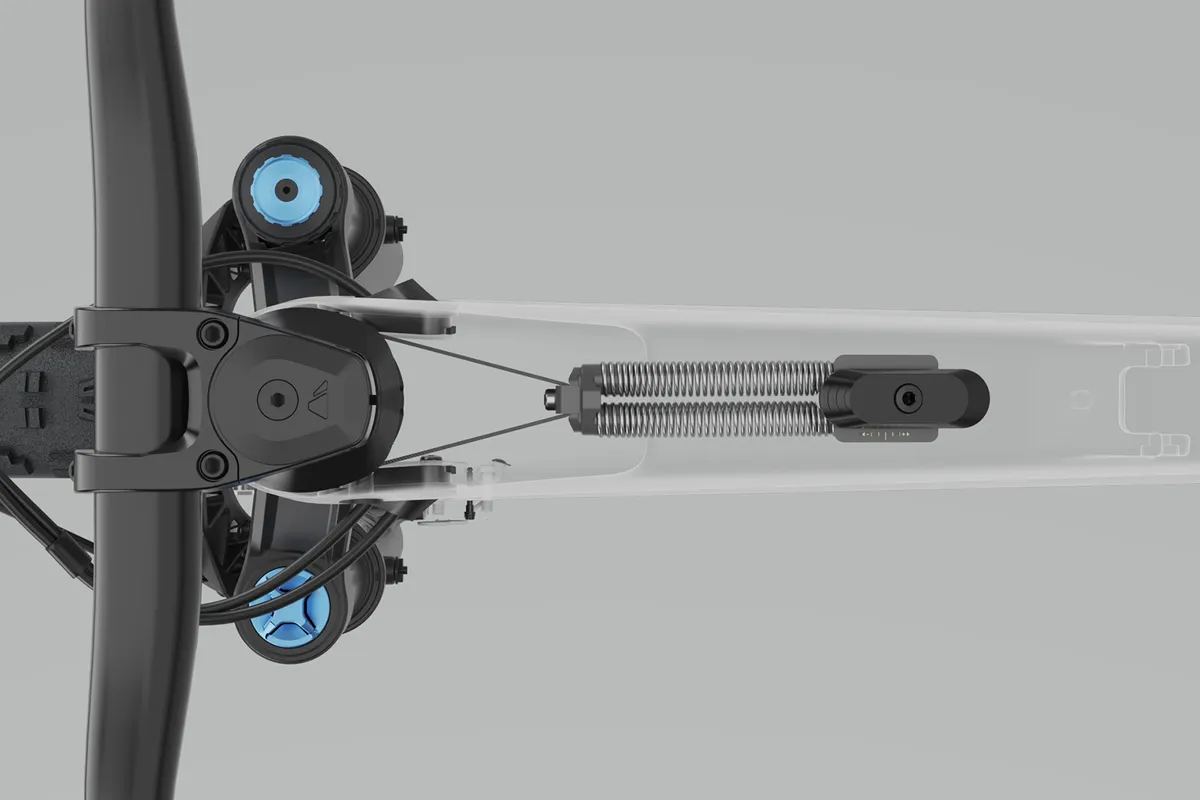
Jokingly, it has been suggested to me that you could just leave your headset bearing to get rusty (which leads to notchiness and poor performance), or you could over-tighten your headset to get the same effect – which obviously is not a good idea.
Does it work?

Lauf sent me the top headset bearing a few months ago to give it a try. Lauf tells me this has half the resistance of the accompanying bottom bearing, which wasn't available at the time.
Fitting the bearing is as simple as dropping it into the head tube. However, the top cap of the headset assembly needs to be tightened to 5Nm in order for there to be enough friction between the frame and the bearing that the bottom race of the bearing is held stationary in the frame.
Setup is said to be more user-friendly for the bottom bearing, because body weight should ensure ample friction.
Even with just one bearing in place, there’s a difference in feeling when you pick up the front wheel and twist the bar.
The movement is marginally more restricted, with a smooth, syrupy feel to the bar’s twist.
That’s not to say the bar is hard to turn – the resistance provided by the headset bearing is easily overcome by normal turning force applied through the bar.
However, the front wheel flops from side to side less easily when you lift the wheel off the ground (or when you have the bike rested against your leg while you have a drink or take a photo – something that winds me up no end).
Clearly, the bearing is designed for far more than when the bike is static, though.
I did some back-to-back testing with the new bearing and a standard one, drawing a few inquisitive looks from passing riders, who may have thought I was servicing a headset out on the trail.

I took in both fine gravel and chunkier stuff too to see how discernible the difference between the bearings is.
There was an improvement in handling when swapping to the new FSA bearing.
As you ride over gravel, the wheel holds a straighter, calmer line, with less twisting feedback making its way to the bar.
On faster, chunkier straight descents, this leads to an overall calmer ride, with the bar less ‘active’. In chattery corners, you need to make fewer micro-adjustments to your steering.
Overall, the ride is therefore a touch less pingy.
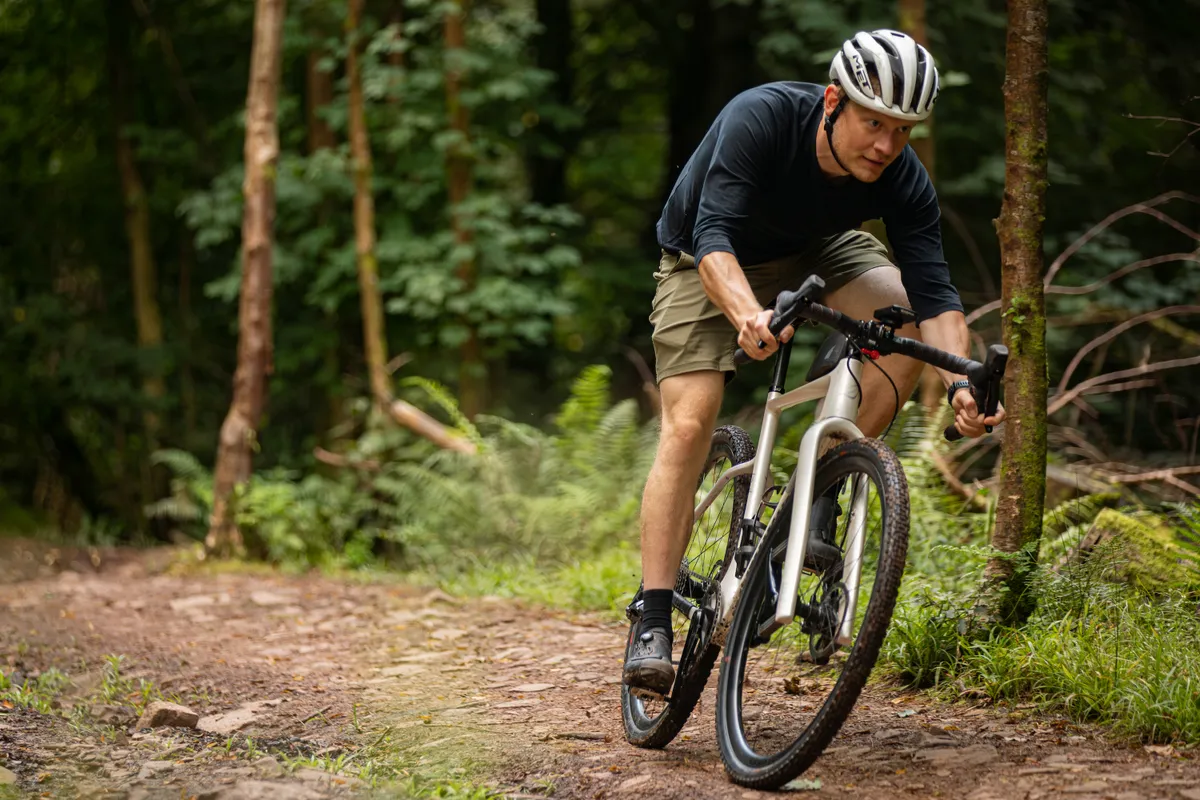
Clearly, something has to ‘give’ somewhere, and with the forks twisting less as you travel over the ground, the tyre must be soaking up more of those forces. However, this has no obvious impact on performance.
It is fair to say the difference in handling between the damped and undamped headsets is marginal.
This bearing has not changed my world (as gravel suspension did), nor do I think that you should go out and swap every headset bearing you have for this new one.
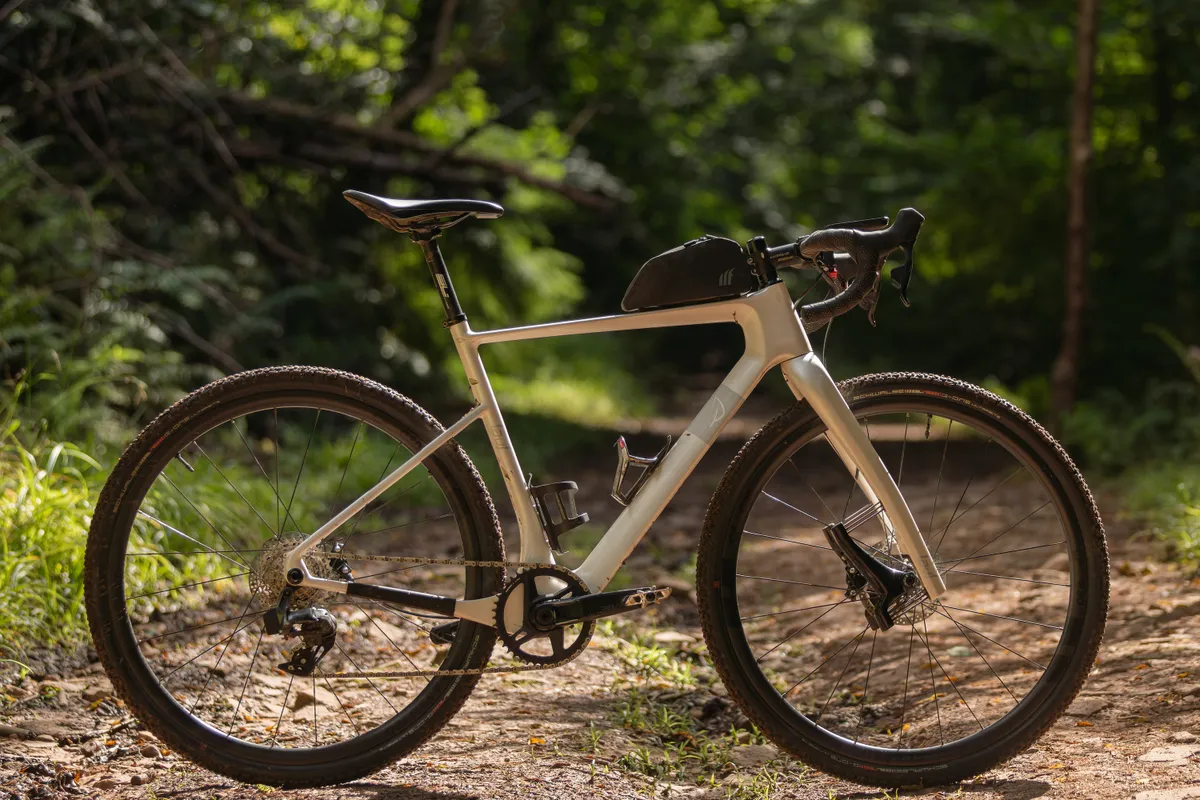
However, I also see no notable downsides.
Handling is calmer, and potentially less fatiguing. The resistance is not enough to impact on your steering inputs, and unlike a rusty, or squashed bearing, you can ride your bike non-handed (on private land, burrito'd up in bubble wrap, of course) with no ill effects.
Put the two bearings in front of me and I’d pick the damped version for my gravel bike.
Lauf will be offering this bearing as an add-on to its production bikes initially, with after-market availability in the works too. The lower bearing is set to be priced at $22 and will be available from mid-September and the upper bearing costs $19 and is available now.
